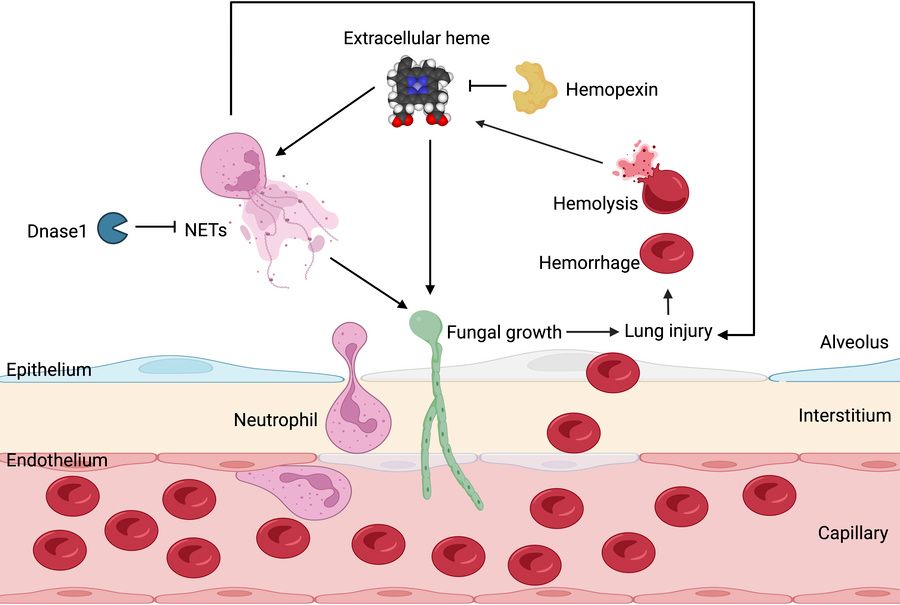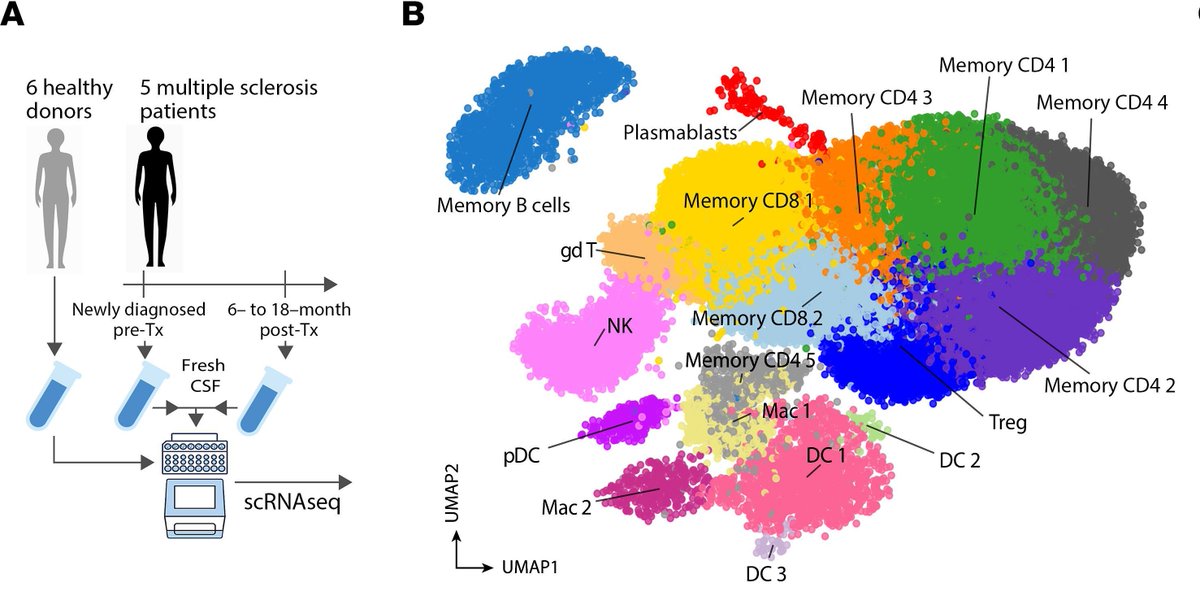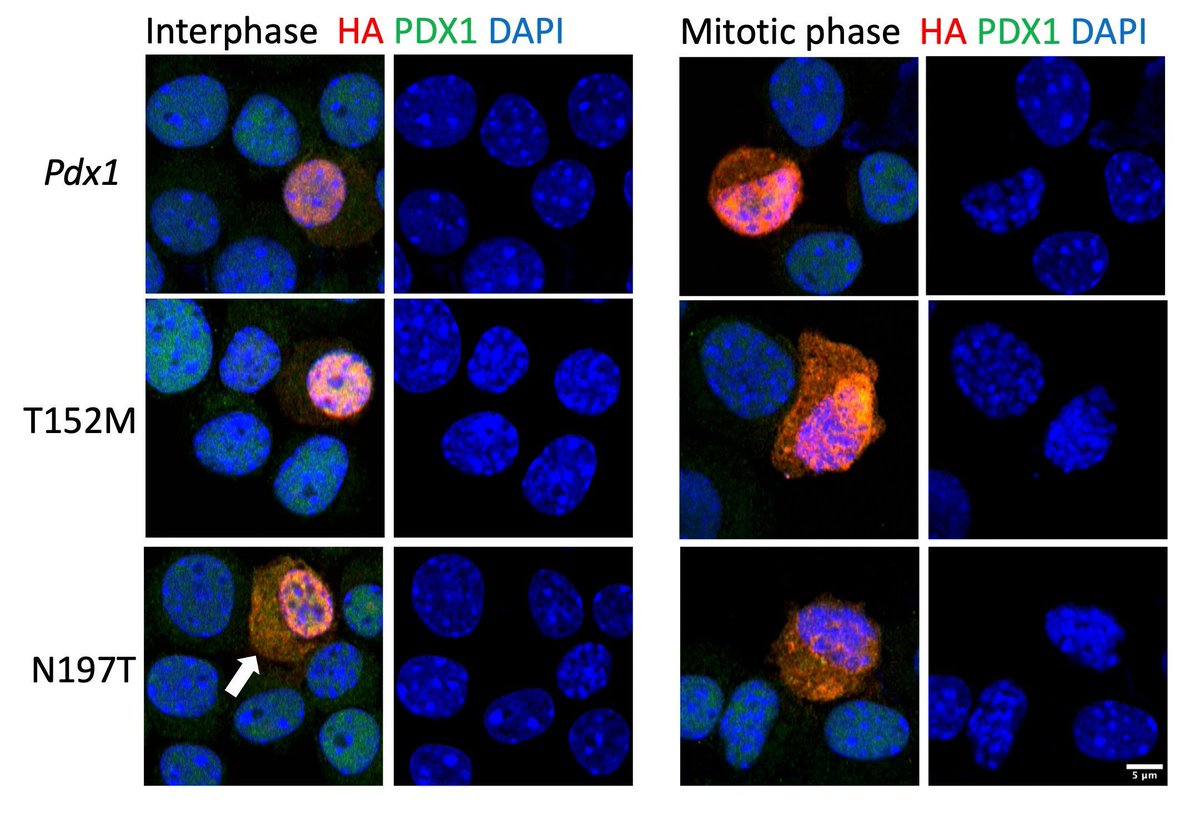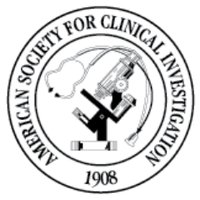
ASCI
@the_asci
Founded in 1908, the ASCI is home to 3,000+ physician-scientists active across academic medicine and industry.
ID: 879798441655898113
http://www.the-asci.org 27-06-2017 20:27:49
1,1K Tweet
2,2K Followers
878 Following

ASCI member Brent A. Carter et al. UAB Medicine show that the PERK-ATF4 pathway is required for metabolic reprogramming and progressive lung fibrosis: insight.jci.org/articles/view/…



ASCI member Philip Halloran et al. University of Alberta perform a cross-sectional study of epithelial cell injury in kidney transplant outcomes – they identified New4 gene sets & two major independent processes in kidney response to injury: insight.jci.org/articles/view/…


Ample evidence links the gut microbiome to wide-ranging diseases, but microbiome-based therapeutics lag behind. ASCI member Eugene B. Chang Eugene B Chang, MD and team discuss approaches that can define a "healthy microbiome," which will be essential to advancing clinical insights.




A smooth operator for blood pressure! ASCI member Katherine Gallagher Katherine Gallagher & team Michigan Medicine show that the histone demethylase JMJD3 in vascular smooth muscle cells regulates endothelin receptor expression and blood pressure: jci.org/articles/view/…




Kidney cells can protect themselves during injury, but the mechanisms were unclear. ASCI member Tarek M. El-Achkar Tarek M. Ashkar (El-Achkar) & team IU School of Medicine now show that oxidative stress induces an isoform of uromodulin that re-routes to the mitochondria to enhance energy production.
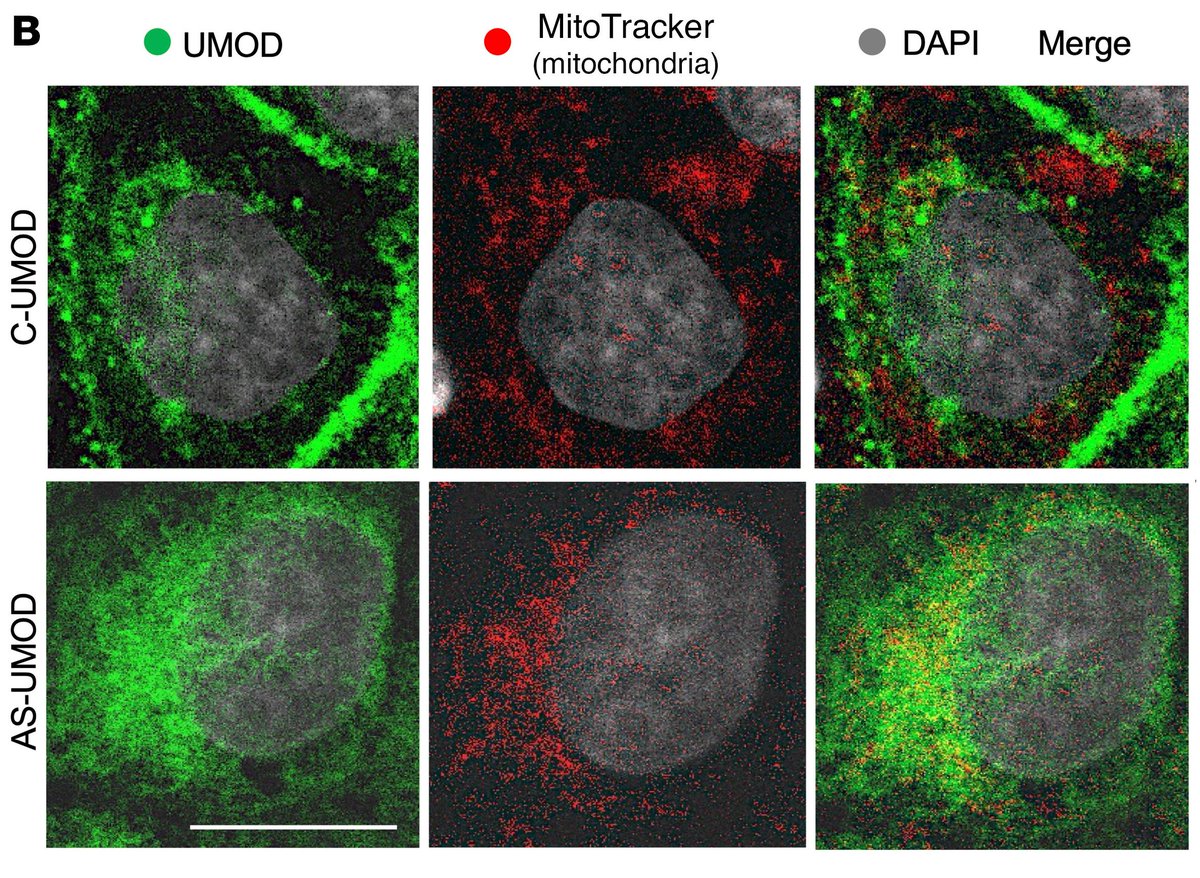

Shining a light on photosensitivity in lupus! ASCI member Theresa T. Lu Theresa Lu Lab & team discover dysfunctional lymphatic flow between photosensitive skin and draining lymph nodes contributes to B cell responses. View data for improving lymphatic flow in mice:


Urinary biomarkers that predict the progression of diabetic kidney disease! ASCI member Chirag Parikh & team evaluated over 1000 participants with T2D and suggest EGF and UMOD as candidate biomarkers in diabetic kidney disease. See full report: insight.jci.org/articles/view/…


In glioma, T cell immunotherapies are limited by the quantity of available T cells. ASCI member Peter Fecci & team address this challenge in preclinical models by peripheral injection of autologous T cells after pre-treatment with IL-7. Full report: jci.org/articles/view/…


Understanding the predictors of metabolic dysfunction-associated steatotic liver disease— ASCI member Peter Crawford Peter Crawford & team UMN Medical School suggest ketogenesis serves a protective role in MASLD-MASH progression via processes other than fat oxidation:


An insider’s guide to understanding and obtaining an NIH K career development award- ASCI member Don C. Rockey et al. MUSC Health provide advice to physician-scientist applicants: insight.jci.org/articles/view/…


Evidence of HIV-1-associated DNA and RNA can be found in multiple tissues despite adequate anti-retroviral therapy. Research letter by ASCI member H. Clifford Lane & team NIAID News out now: jci.org/articles/view/…


Tissue-resident memory T cells persist long-term in the skin and gut where they can activate upon infection, but their temporal development was unclear. ASCI member Thomas Kupper and team Harvard Medical School analyzed gene programs from intraepithelial lymphocytes in skin and small


A crab-eating macaque with a spontaneous mutation bridges the gap between preclinical and clinical research for an inherited macular disease— ASCI member Elia J. Duh & team Johns Hopkins Medicine present the first non-human primate model of Best vitelliform macular dystrophy Complete



